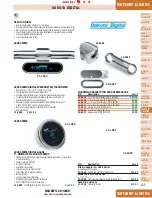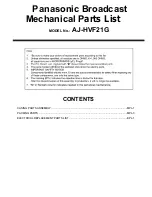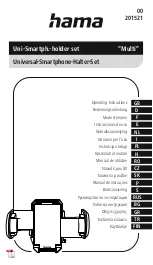
72
Item
Number
Setting
Details of Setting
11
AFTER SYNC DELAY --
After synchronization, when changing to play
mode, specifies the optimum command delay
for the servo to lock in the correct position from
low speed. (In frame units, correction value)
12
AFTER SYNC DELAY +
After synchronization, when changing to play
mode, specifies the optimum command delay
for the servo to lock in the correct position from
high speed. (In frame units)
13
MODE 1
Specifies the maximum framing value which the
VTR format permits. Depending on the VTR
functions, this specifies whether or not time
code CTL (timer) interpolation is possible.
14
MODE 2
Specifies whether the CF status value from the
VTR is effective or ineffective.
15
MAX PREROLL SPEED
Specifies the maximum tape speed during
preroll, as a multiple of the normal tape speed.
If FF (hexadecimal) is specified, this speed is
the same as the tape speed during fast forward
and rewind.
8.1B Lynx Interface
The original Lynx module uses the LYNX-2/MICRO LYNX connec-
tor to control the AI-2. A Lynx-2 ADAT cable is used to connect the
AI-2 to the Lynx module, which must be fitted with a serial interface
card. A video reference should be connected to the Lynx module
and the AI-2.
In the AI-2 control menu, select LYNX control mode and set the ref-
erence source to external video. In the Lynx module select
BVU950 and make sure that serial time code is enabled.
8.1C External video
The AI-2 will accept composite sync, color bars, video black, or
black burst as valid video reference signals. The video signal
should be properly terminated with a 75 ohm load. Use a BNC T
piece to connect the reference signal and a 75 ohm plug to the VID
IN connector.
Do not use the video output of a VTR being used in the system as a
reference signal. If an external source of video sync is not
available, a plug in video sync generator card (VSG) is available.
When a VSG card is installed, the AI-2 VID IN connector is used as
a video output, connect this to the sync or ref. input on the VTR.
















































